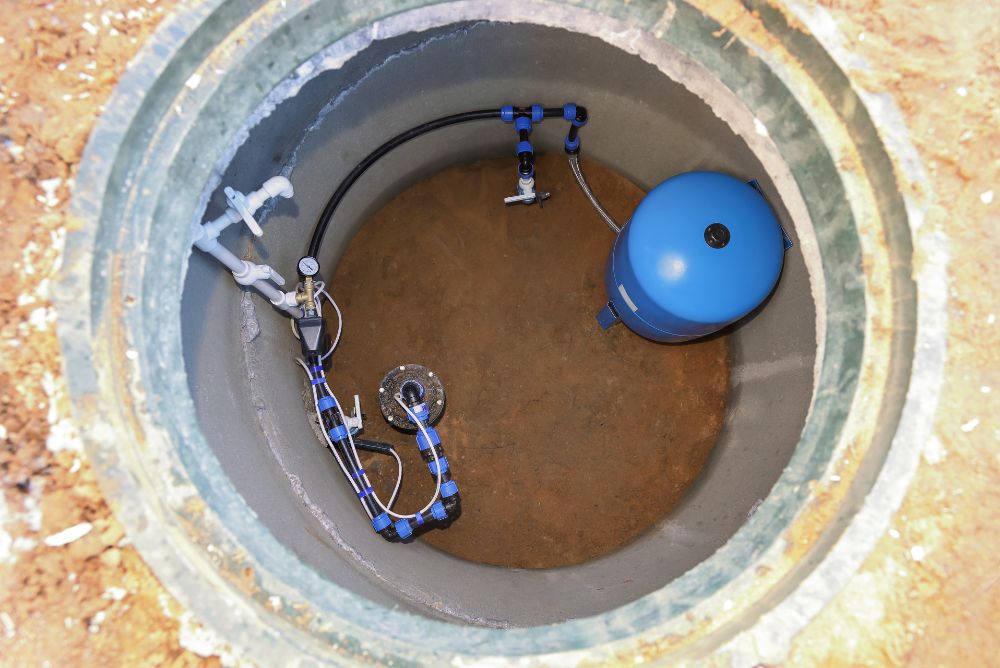Radon is a colorless, tasteless, and odorless radioactive gas that comes from soil, rock, and groundwater. It forms as a byproduct of uranium decay, which is present in natural rock and soil. Radon has been identified as the leading cause of lung cancer among non-smokers in the US. Understanding the major sources of radon in most homes can help homeowners and renters take appropriate actions to ensure a healthy living environment. We will delve into four sources of radon in residential spaces.
Soil and Rock Under the Home
The primary source of radon in homes is the surrounding soil and rock formations. As uranium breaks down in the soil, it releases radon as a gas. It can enter your home through cracks and openings in the foundation, floors, and walls, creating an unhealthy living environment. Sealing gaps and openings in underground spaces can reduce the chances of radon entry, and monitoring levels in your home is crucial for continued safety.
Well Water
In some regions, well water can be a significant source of radon. When wells are drilled into the ground, the construction crew might penetrate rock formations containing radon, allowing the gas to dissolve in the water. Once the contaminated water enters your home for drinking, cooking, or showering, the gas can enter the air and pollute your home. To minimize this risk, consider testing your well water for radon and, if necessary, installing a water treatment system.
Building Materials
Some building materials could contribute to increased radon levels in homes. Granite, concrete, and gypsum could contain traces of uranium and are, therefore, potential sources of radon. The emissions from these materials might not be as significant as radon from soil, but they will contribute to the radon levels in your home. Staying informed about the major sources of radon in most homes and using building materials with lower radon emissions can minimize your exposure.
Outdoor Air
Radon is a naturally occurring gas and is present in varying amounts in the outdoor air. In most cases, outdoor radon levels are relatively low and pose minimal risk to human health. However, if your home has poor ventilation, radon from the outdoor air can accumulate inside, leading to higher levels of exposure. Adequate ventilation and air filtration systems can mitigate this risk.
Don’t let radon jeopardize the health and safety of your loved ones! Act today by testing your home for this invisible threat. Our team at Affordable Radon Services is committed to helping you achieve a radon-safe environment through professional home assessment and the installation of a radon abatement system. Contact us today to schedule your home radon evaluation and take the first step toward a radon-free home.


Recent Comments